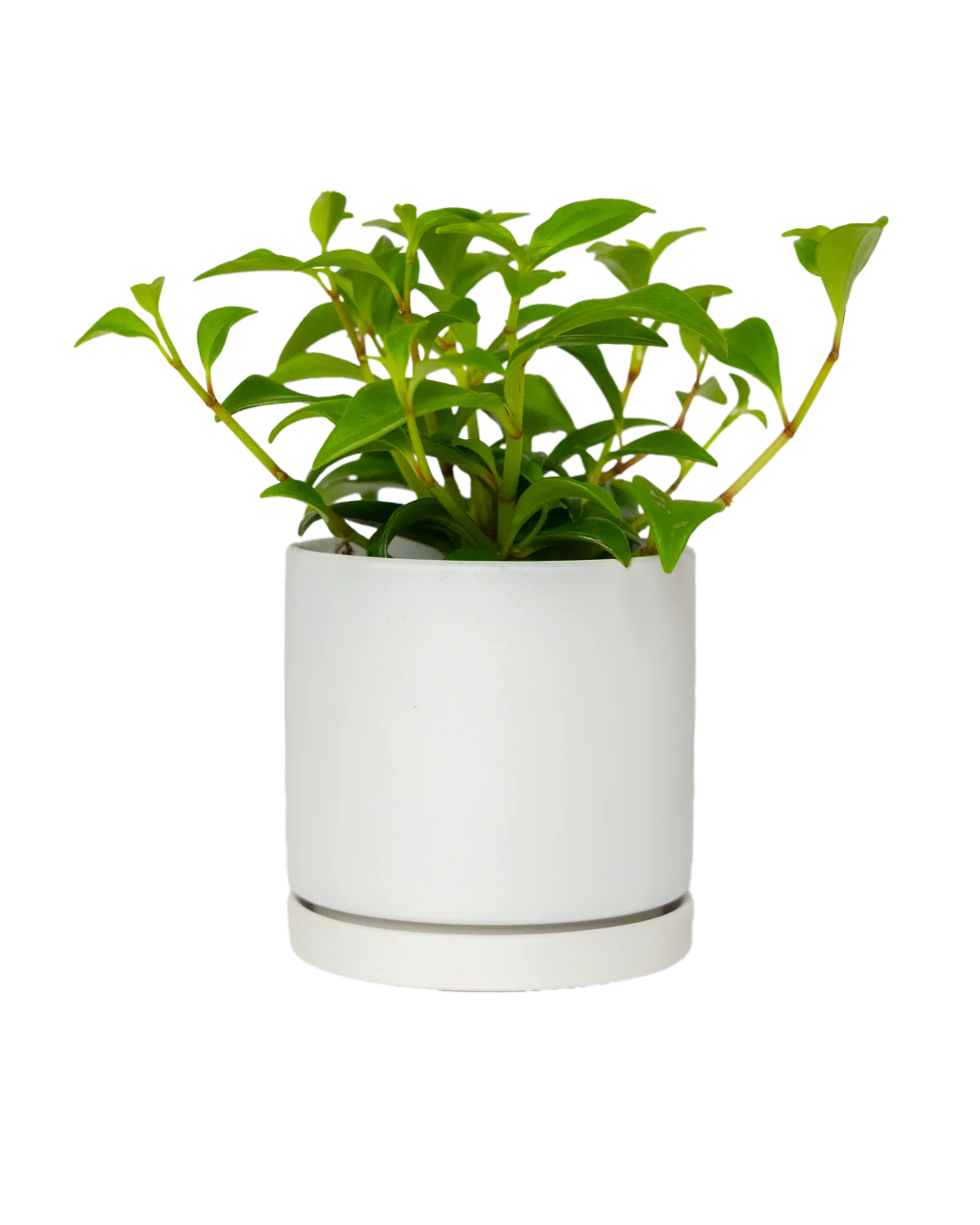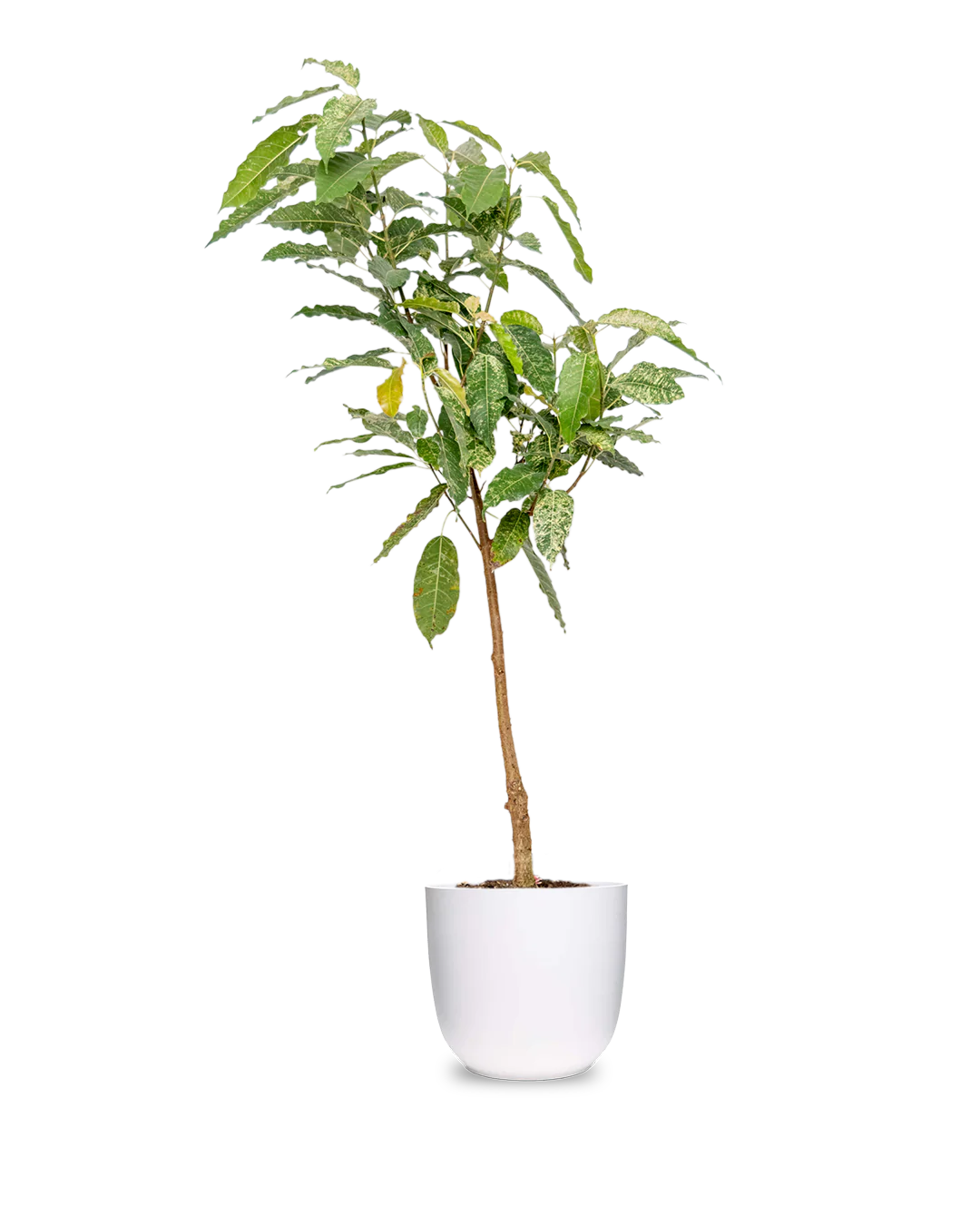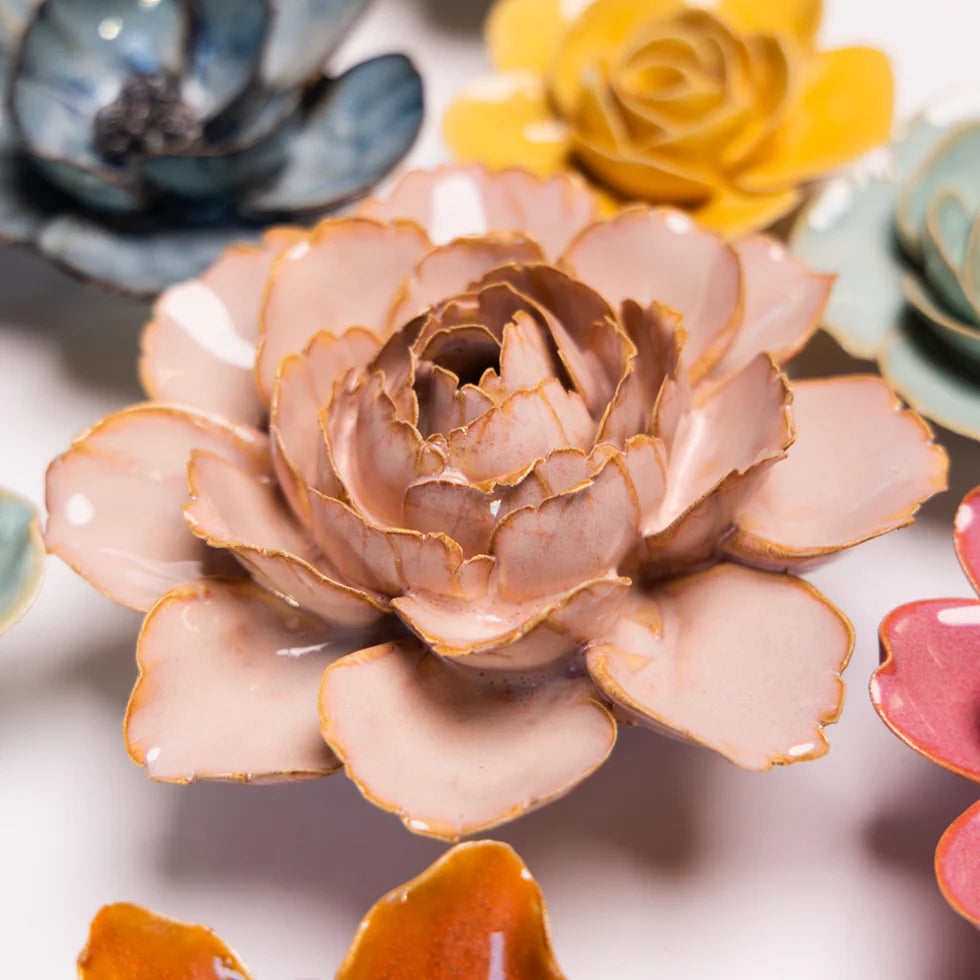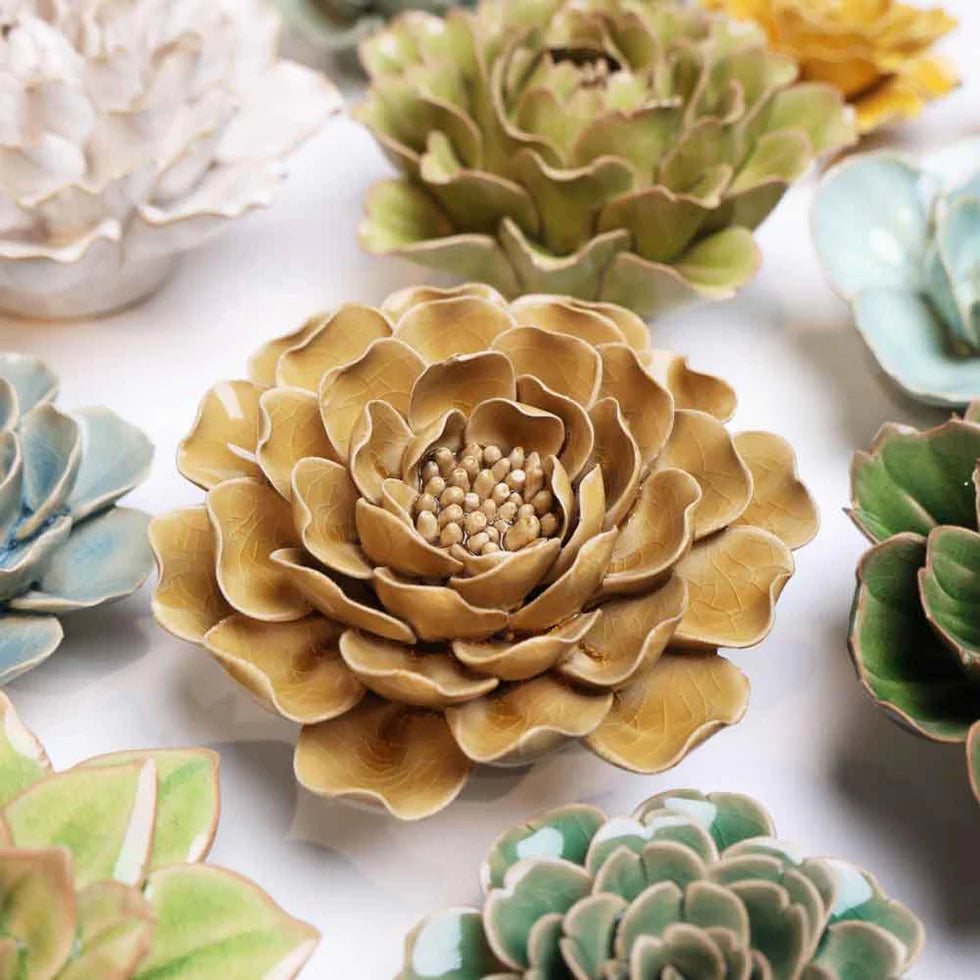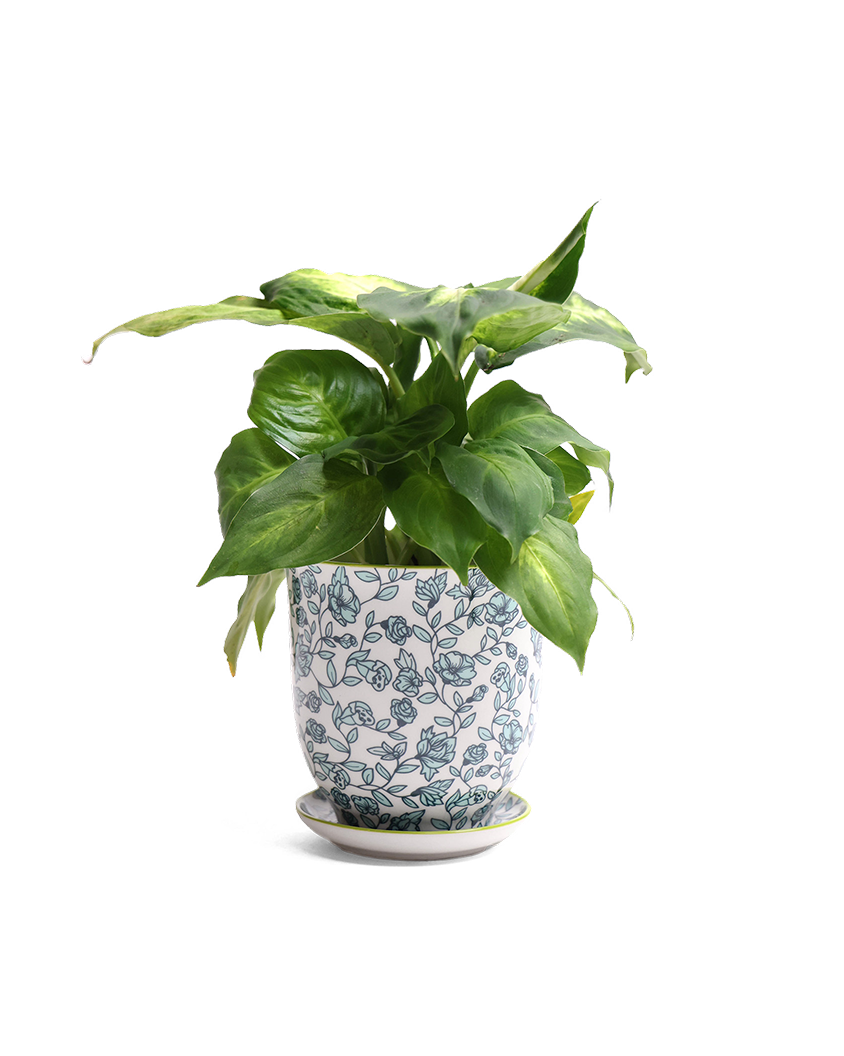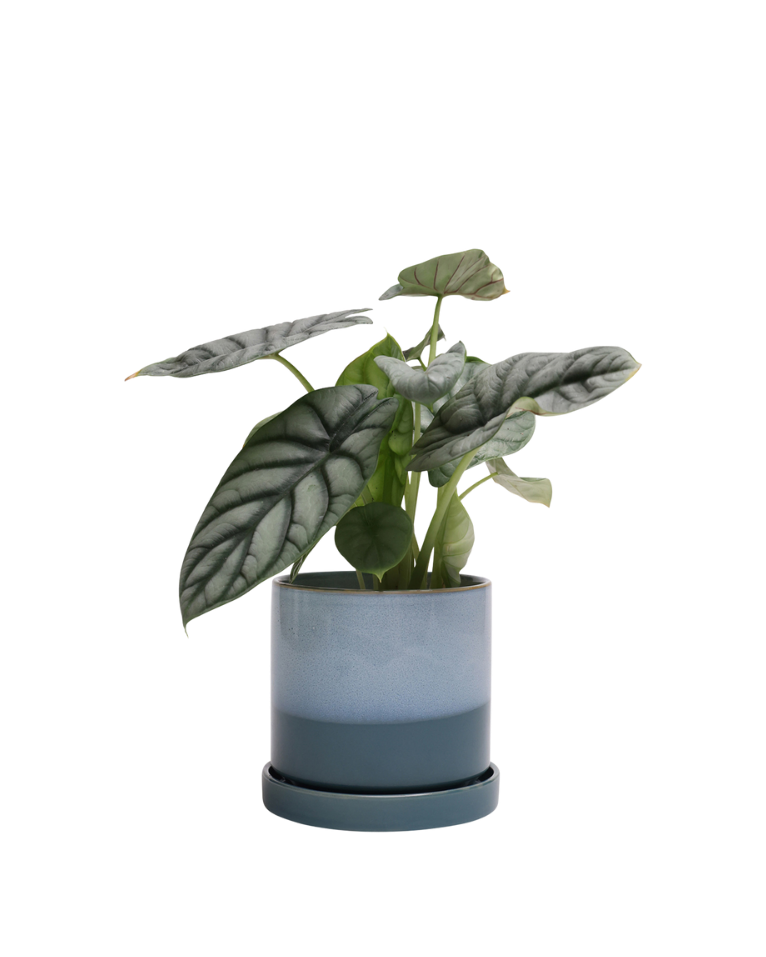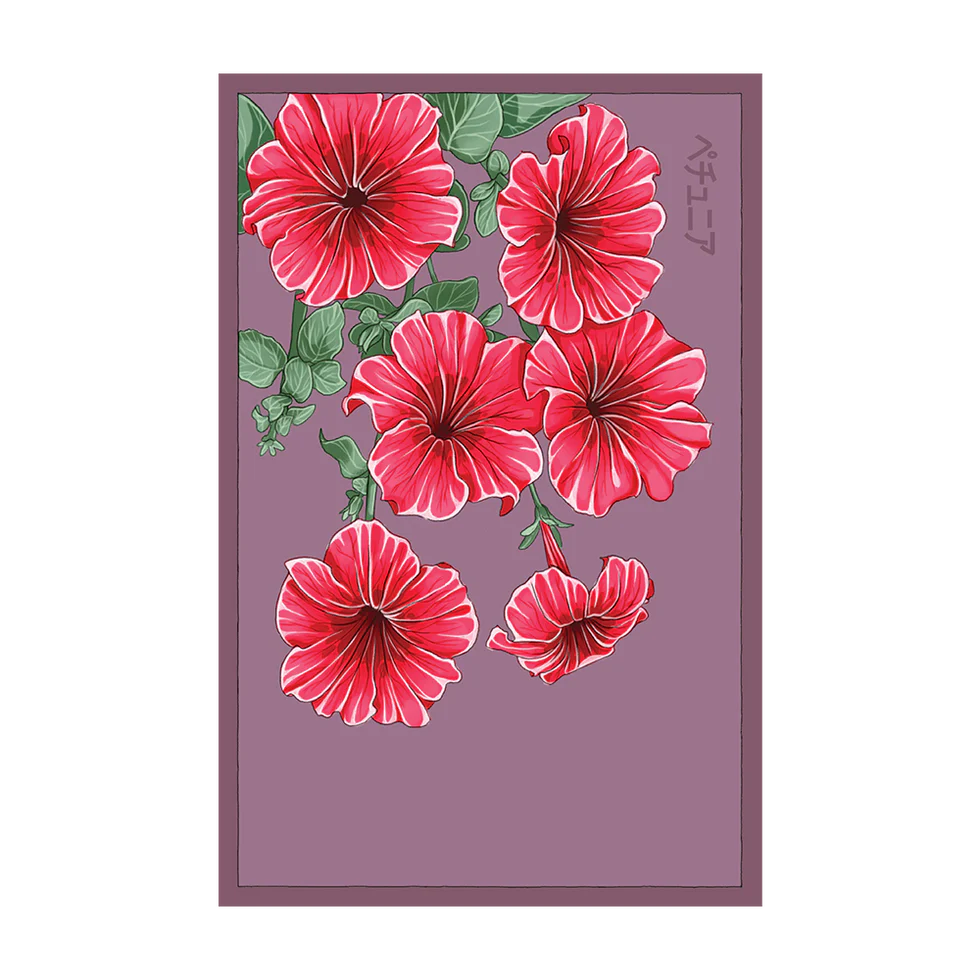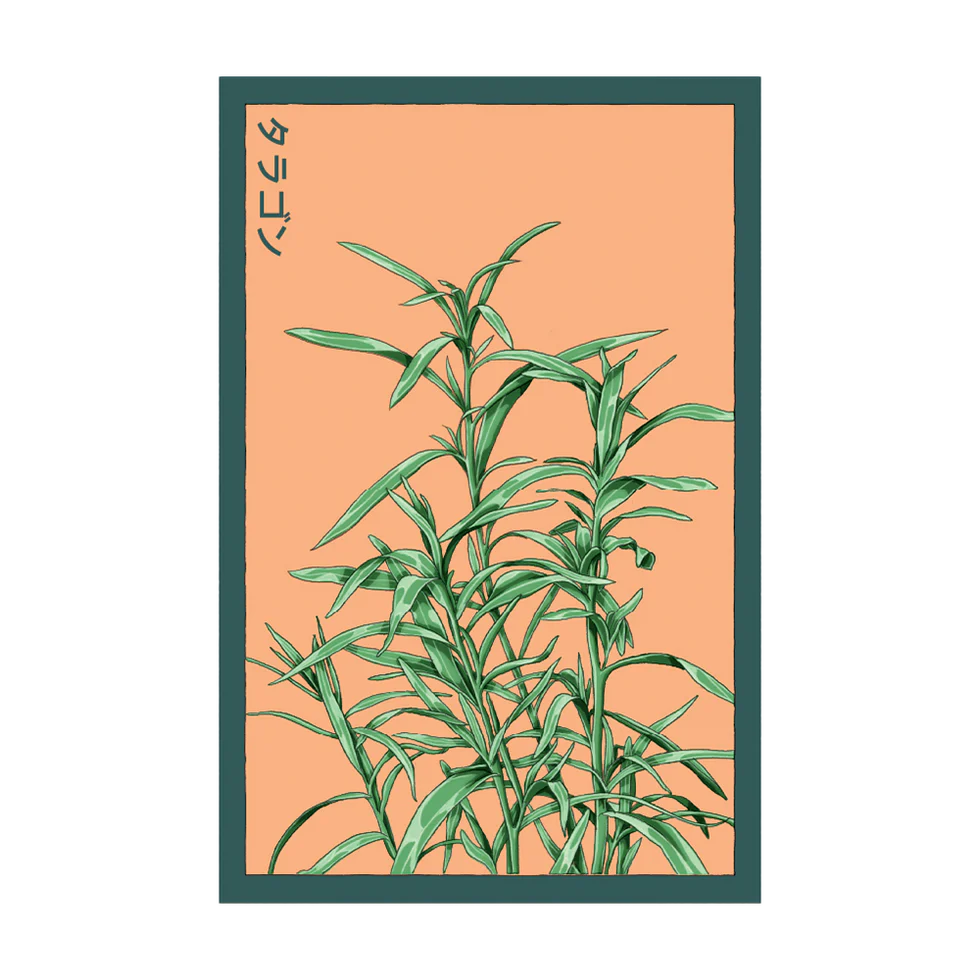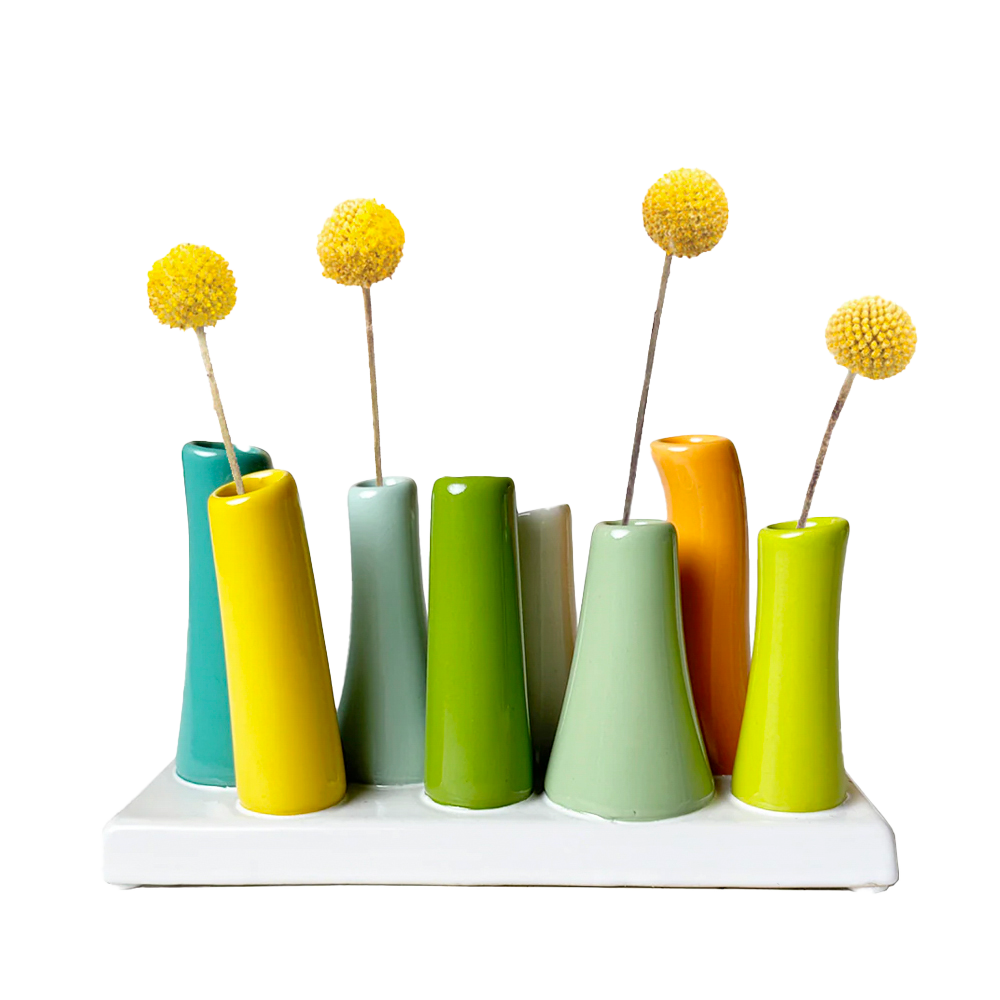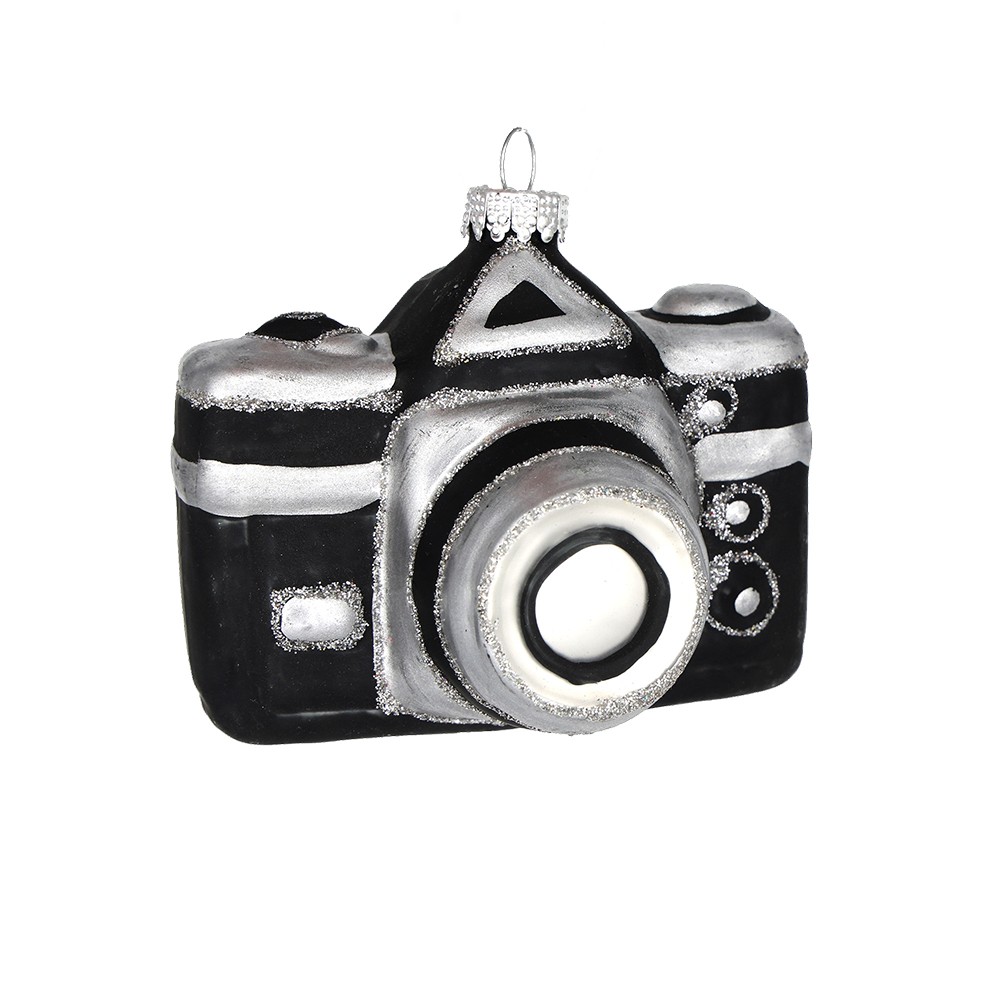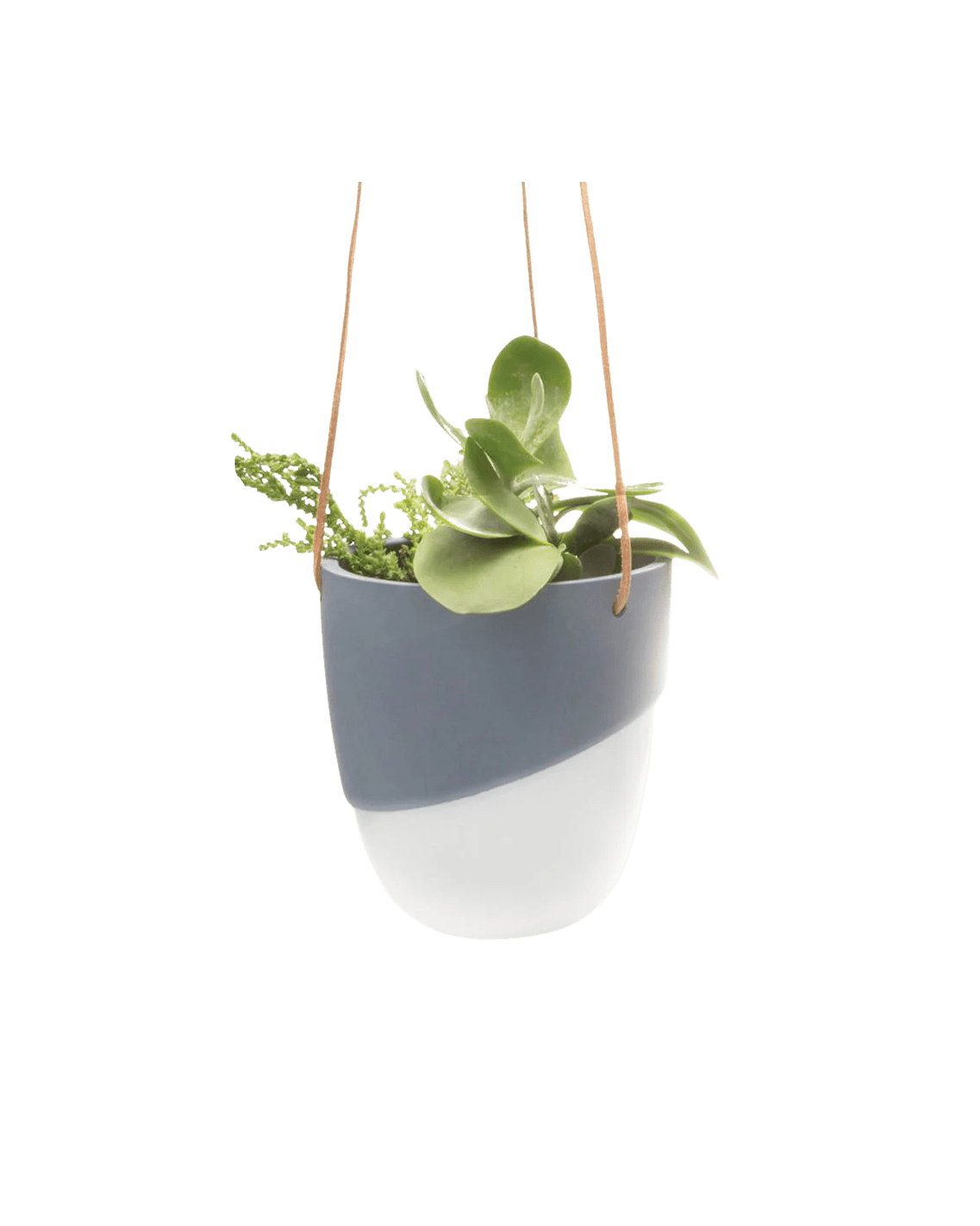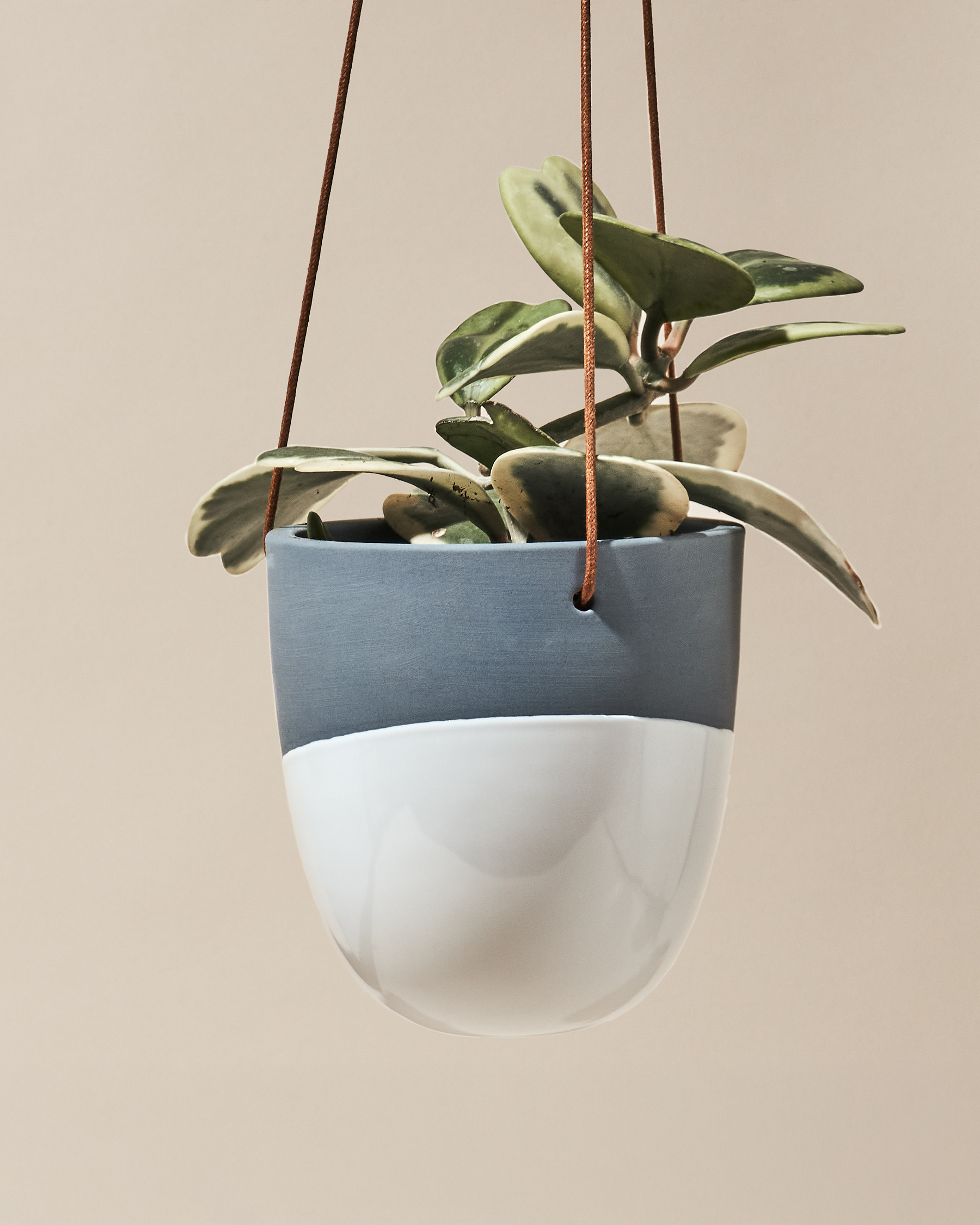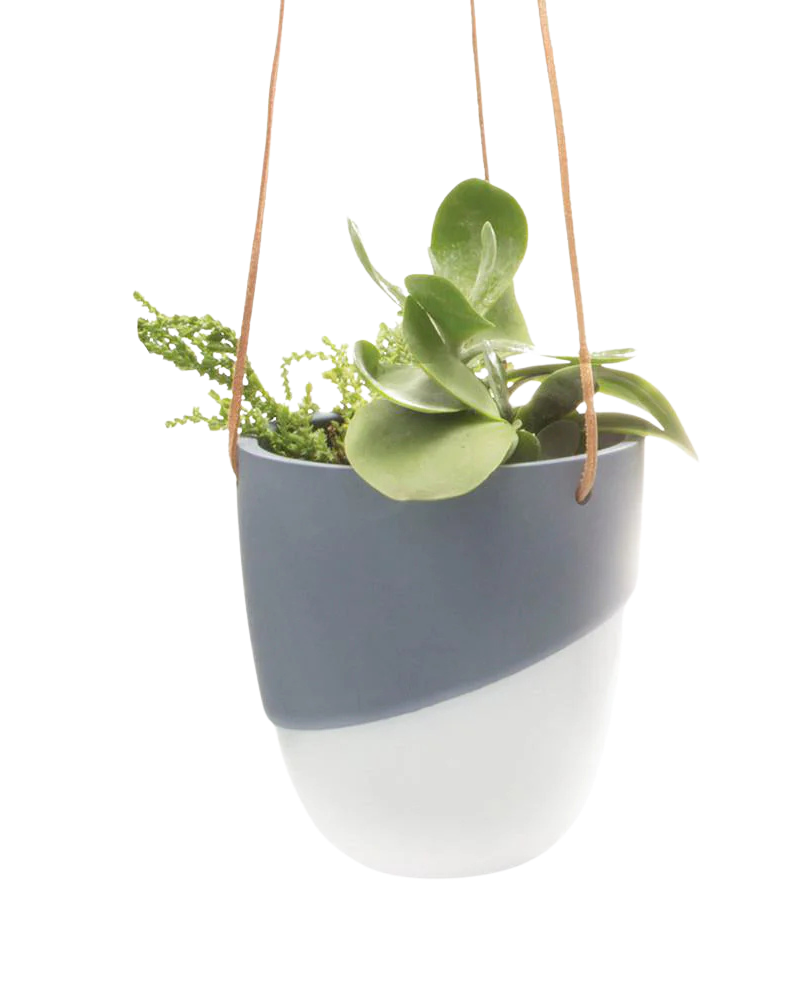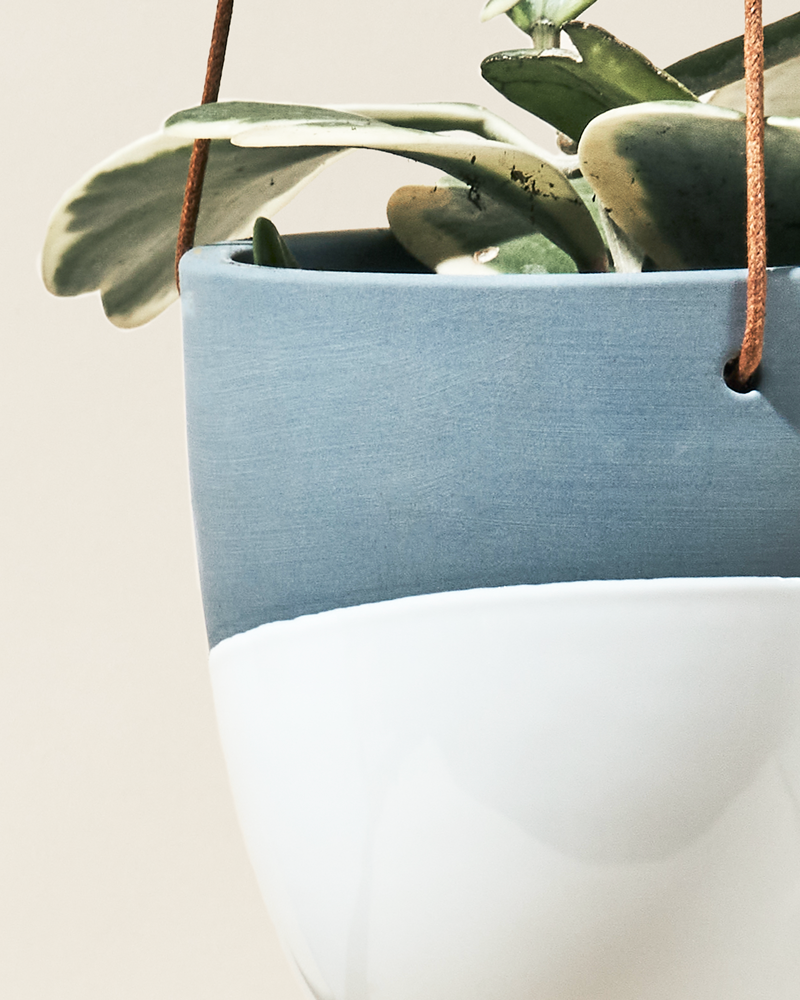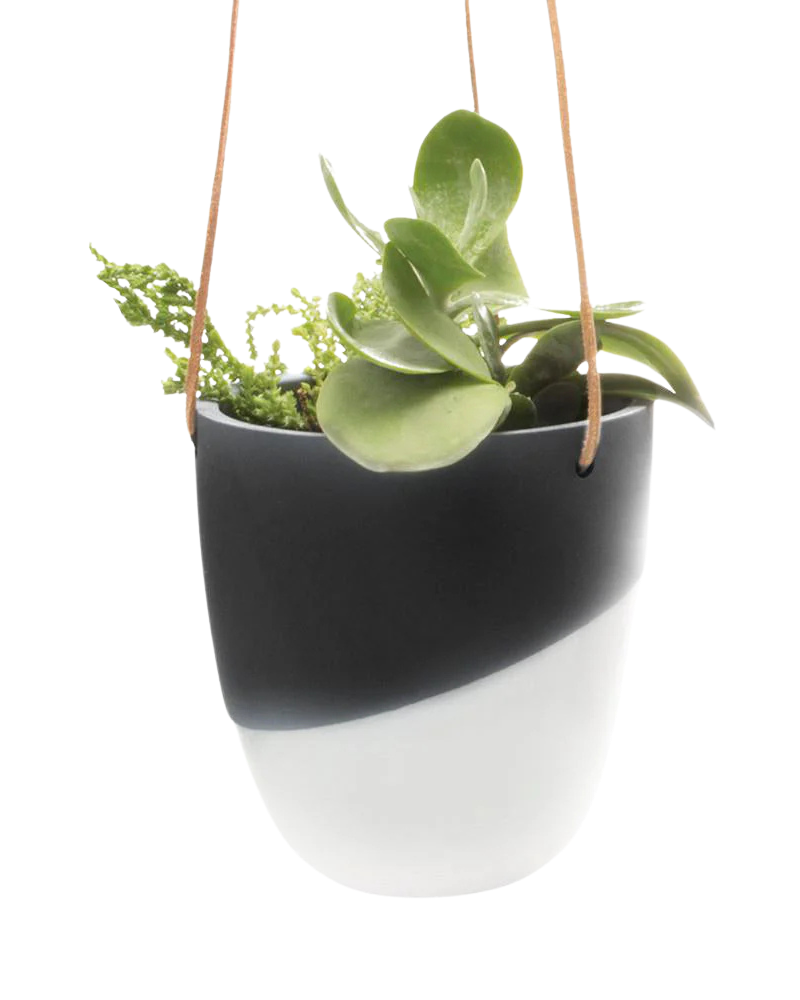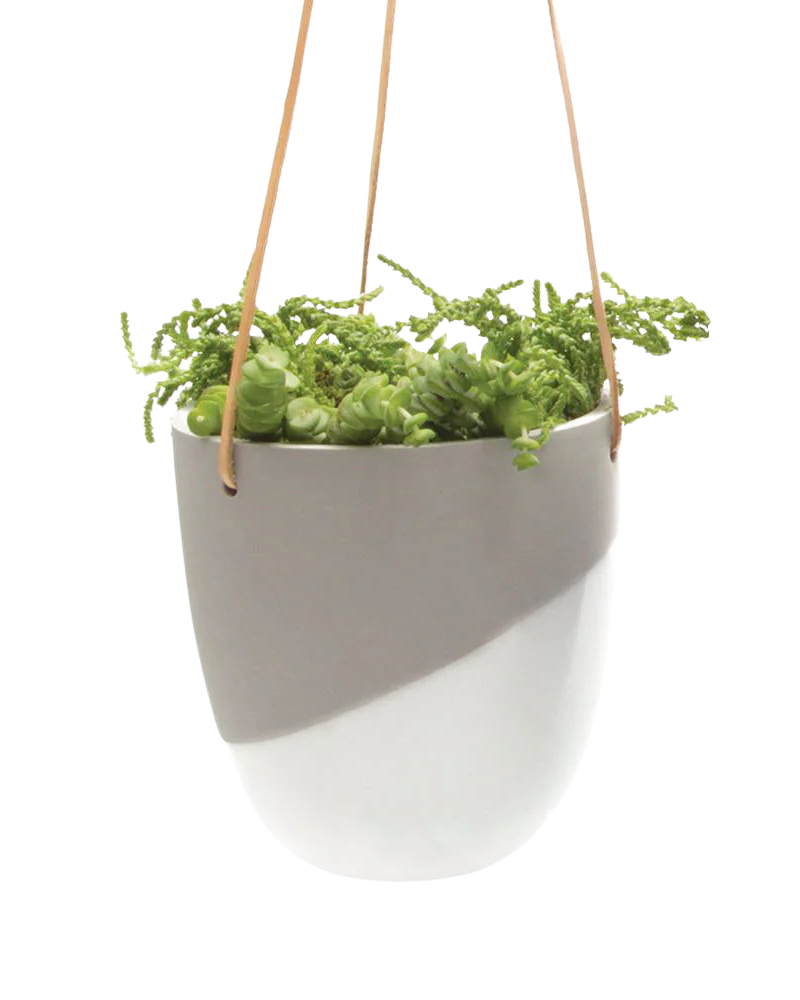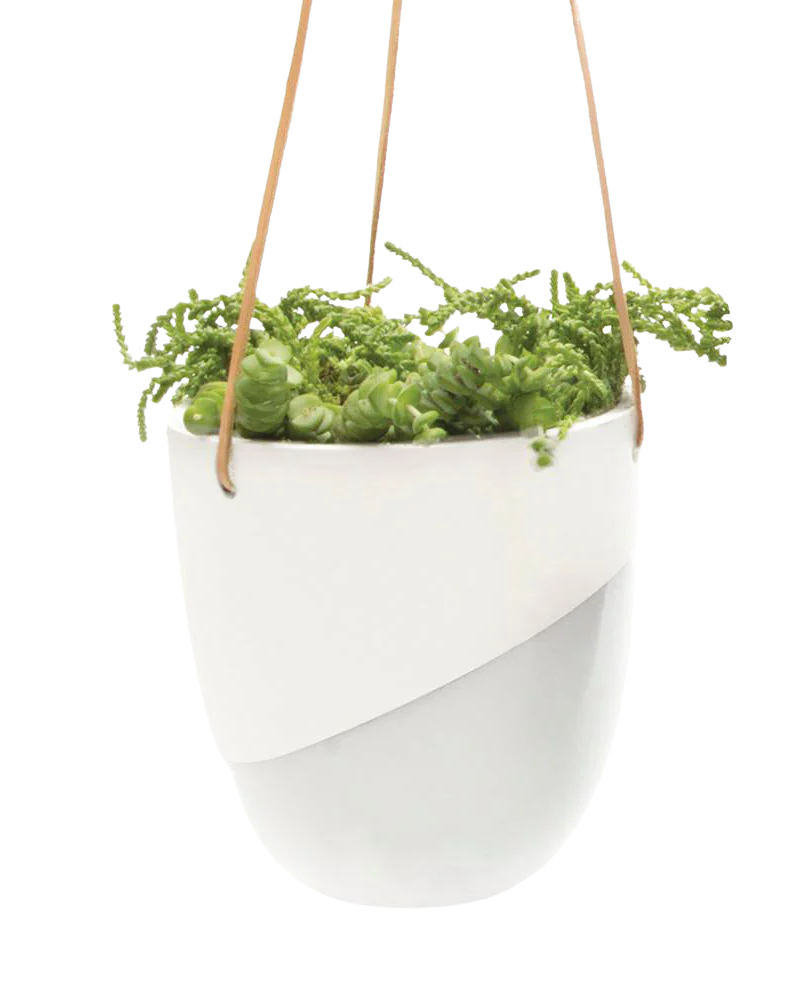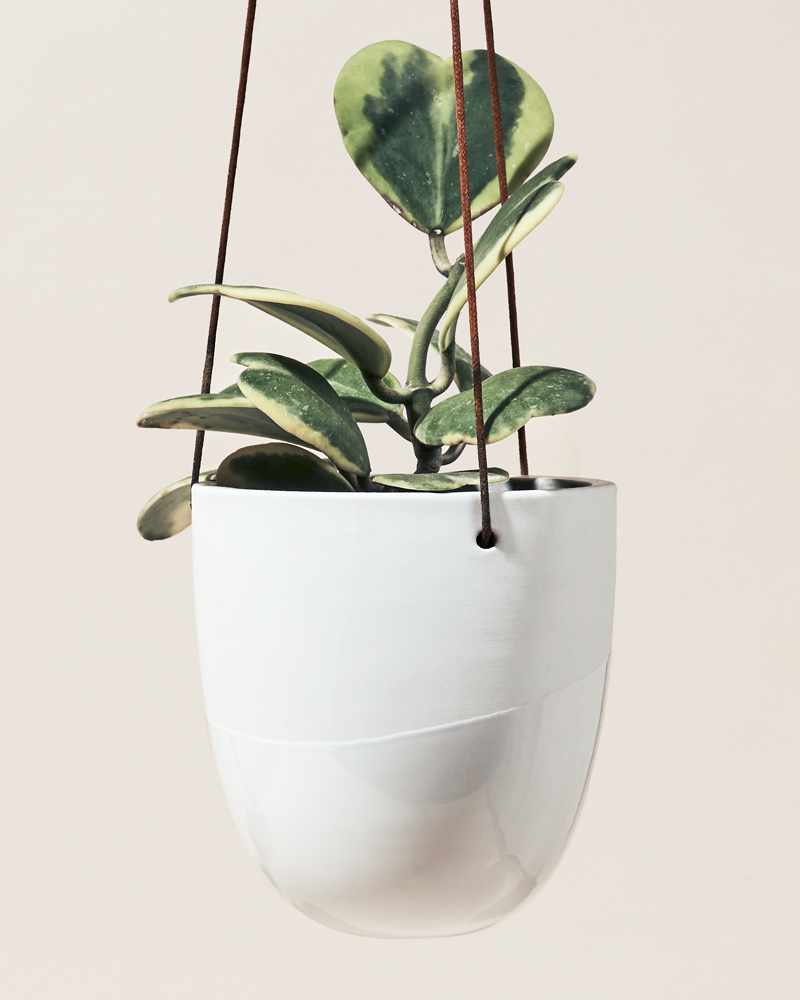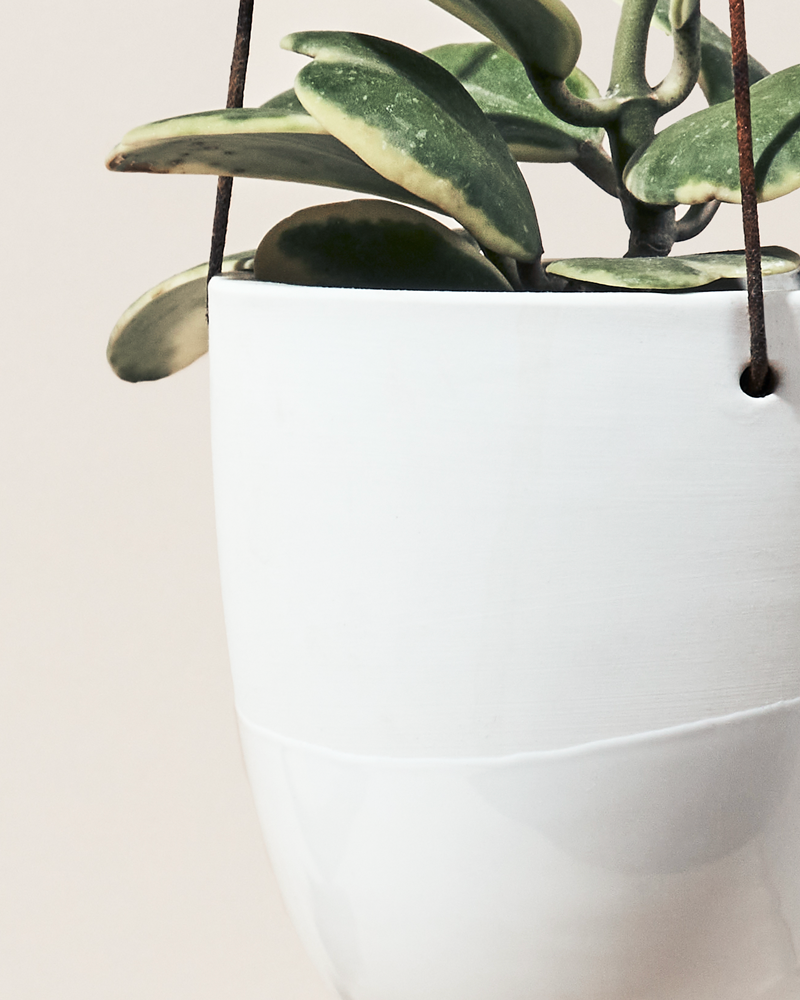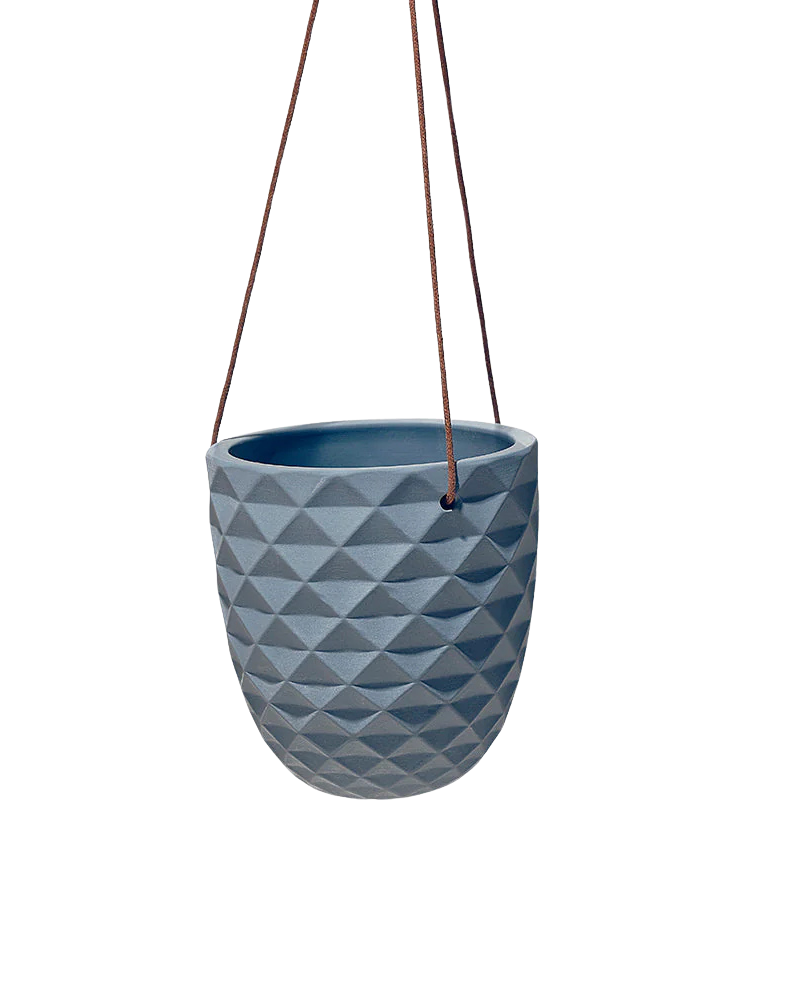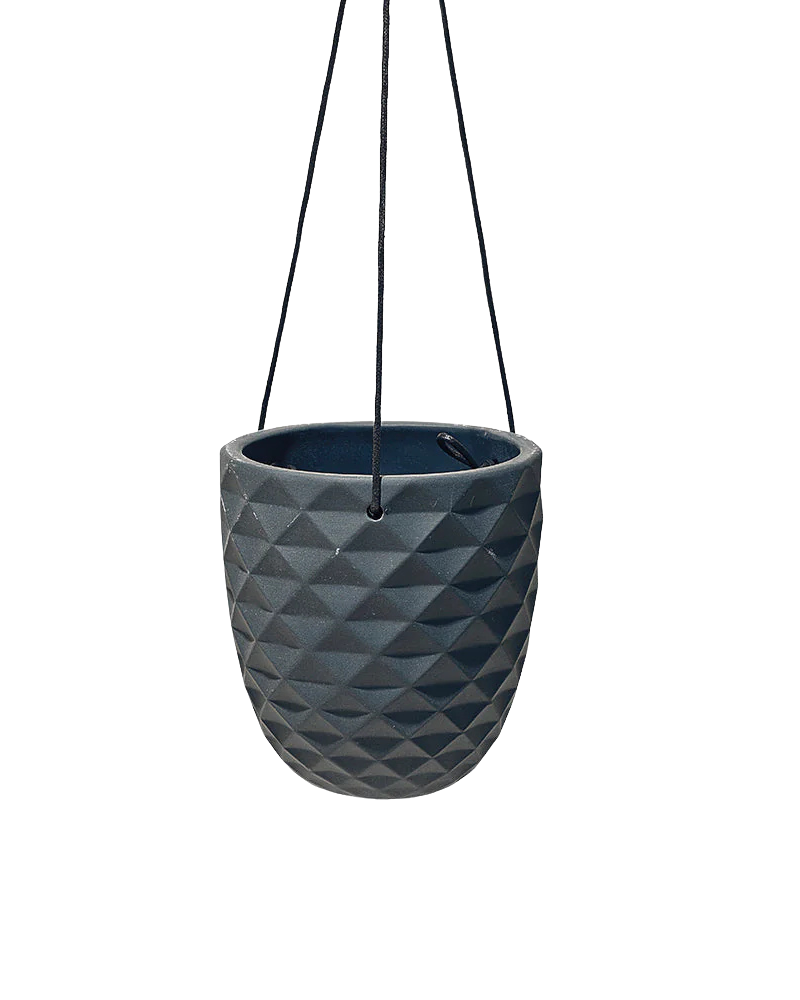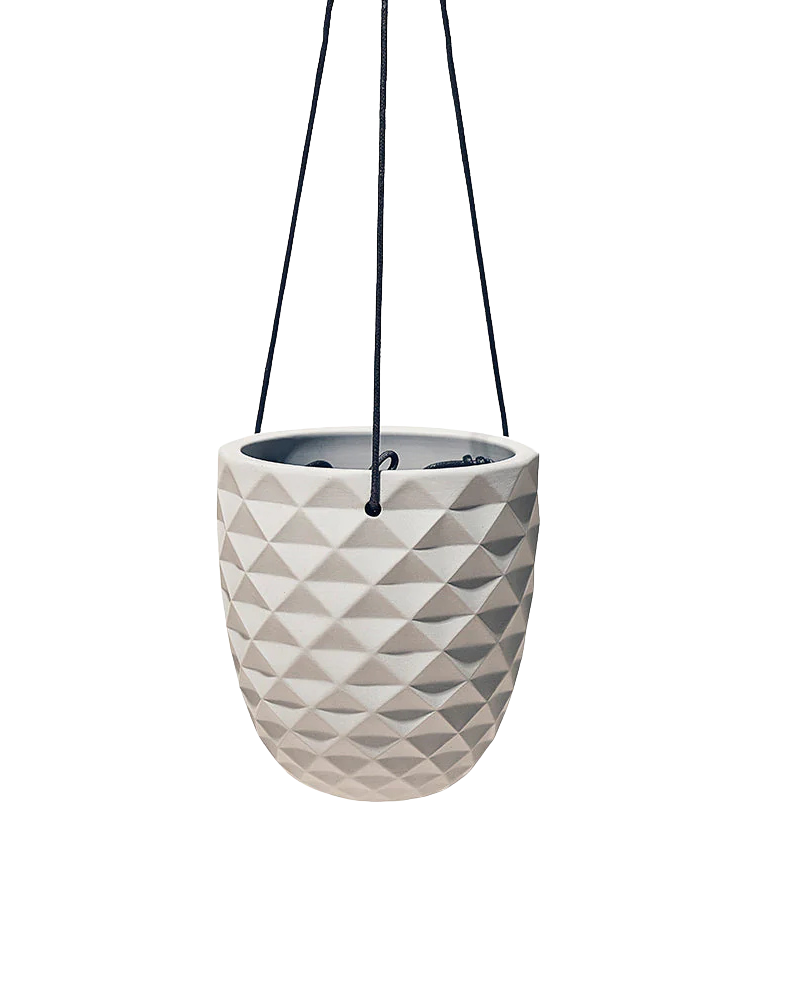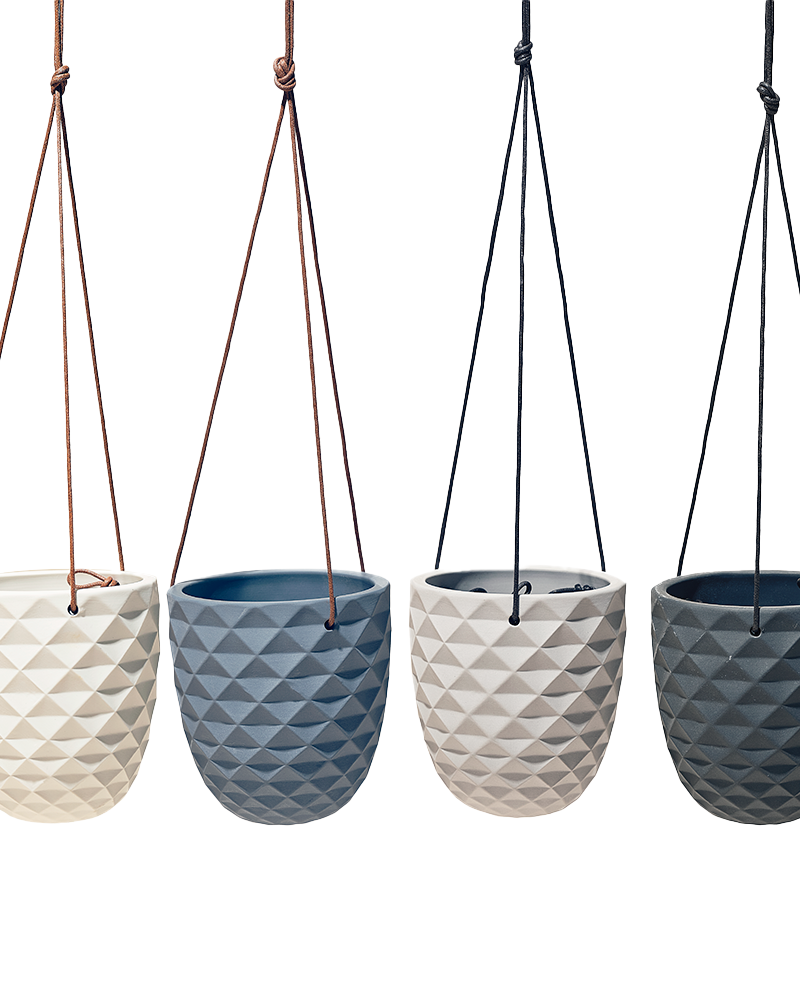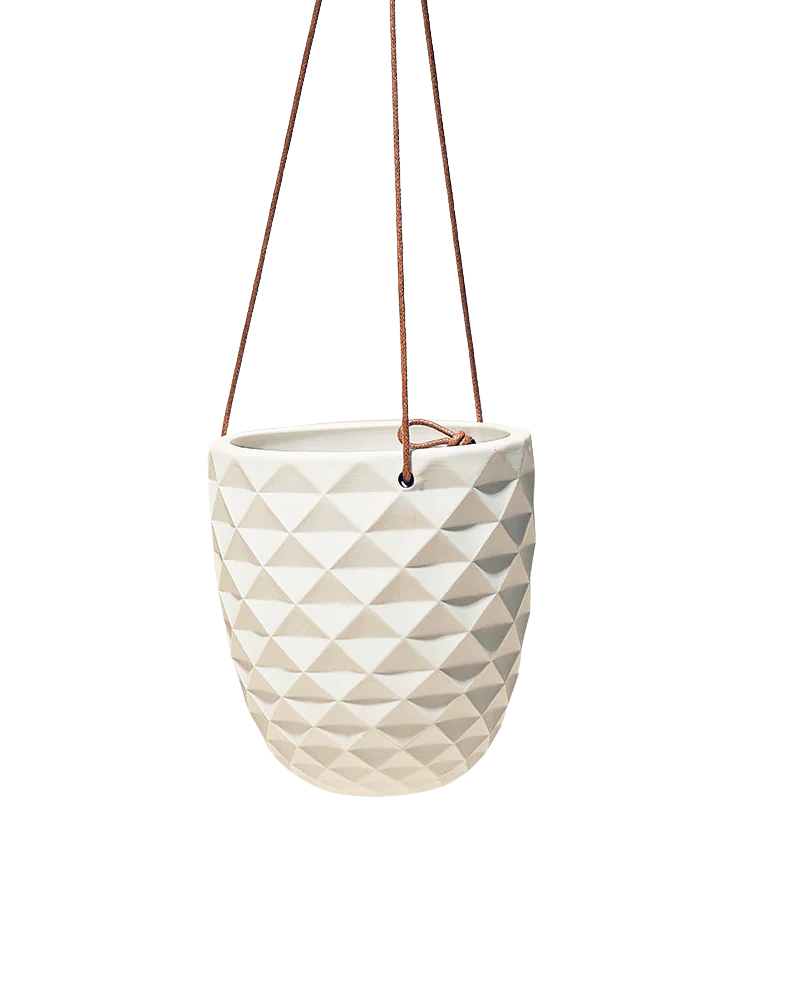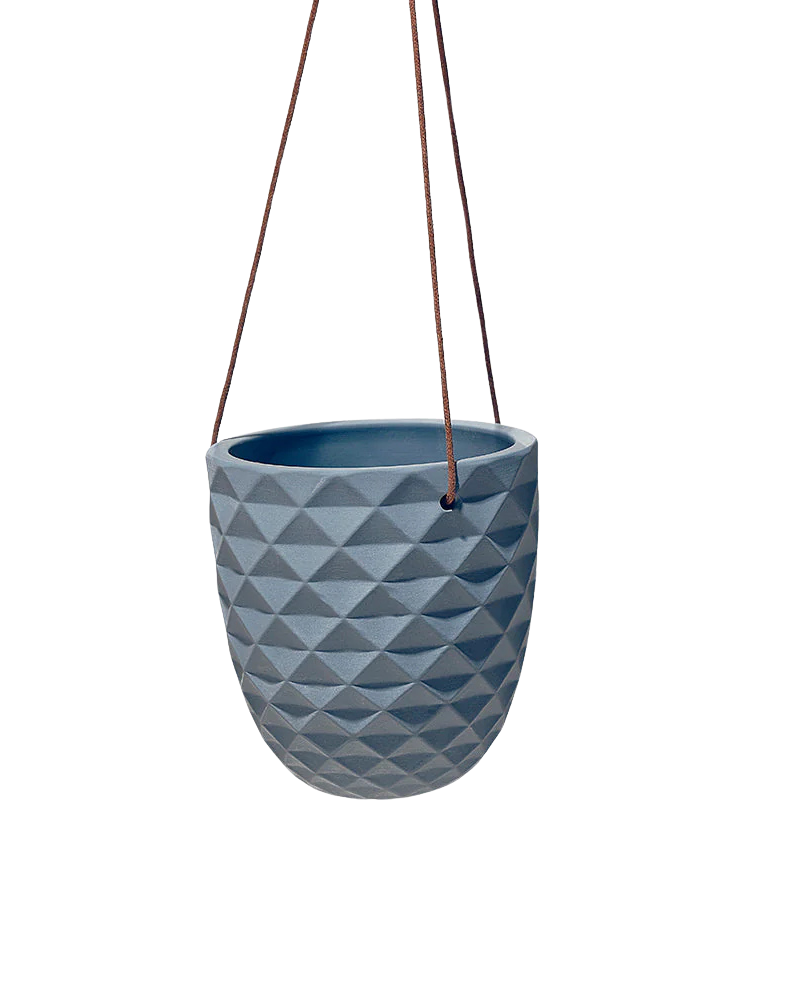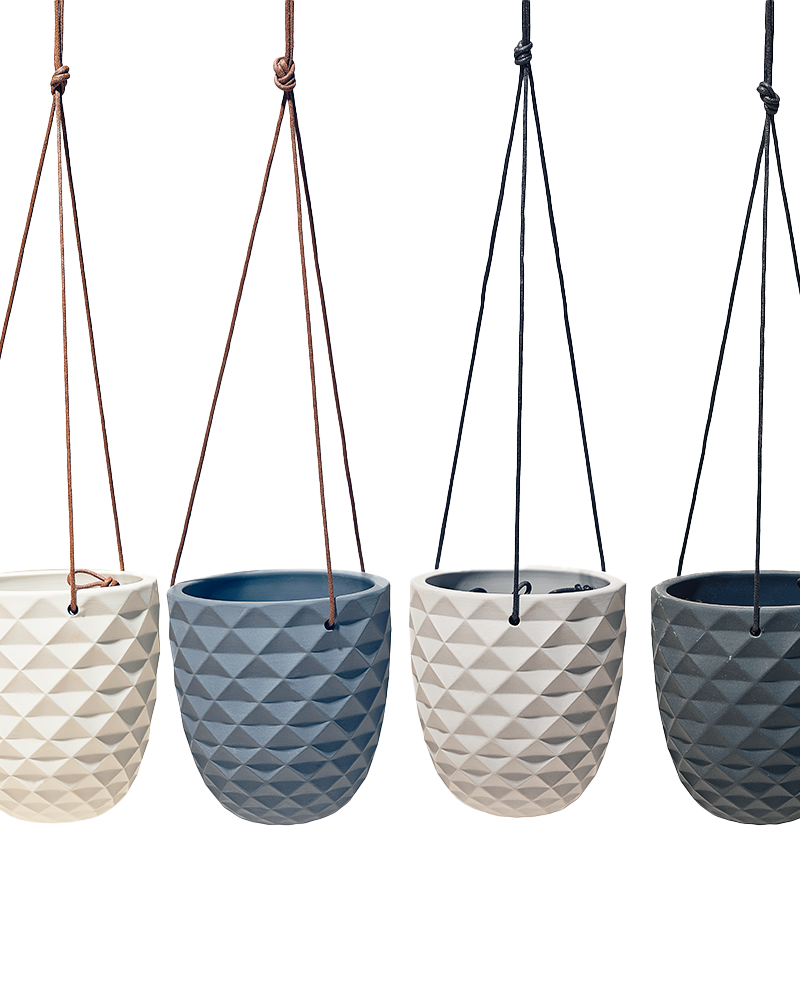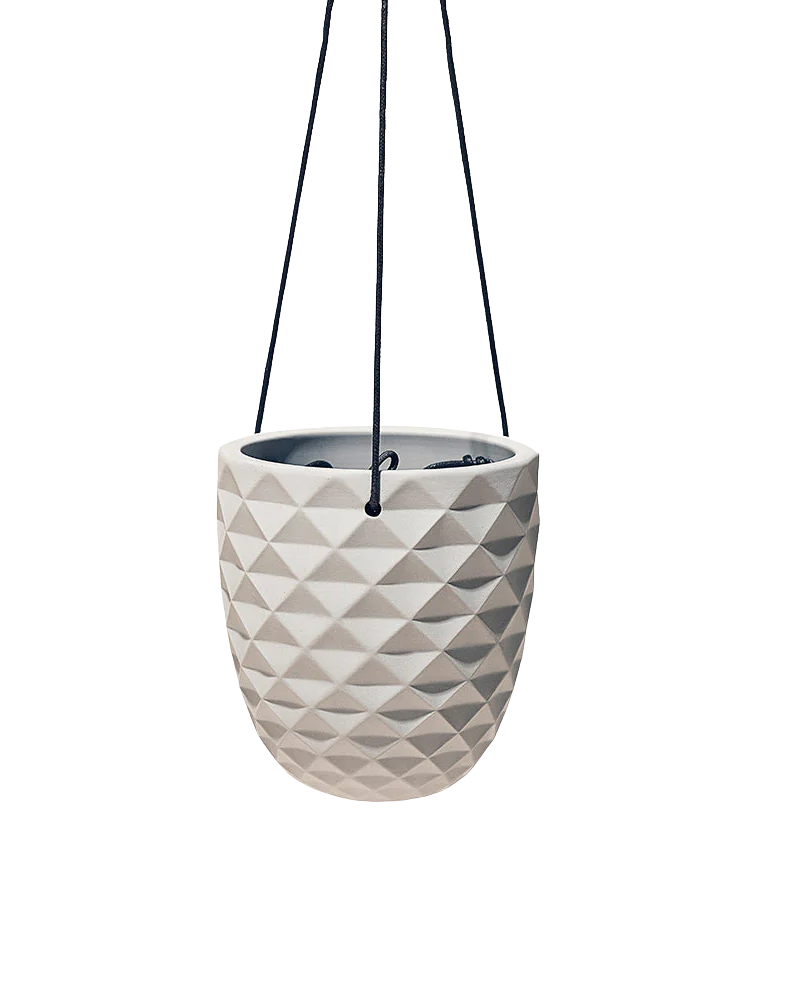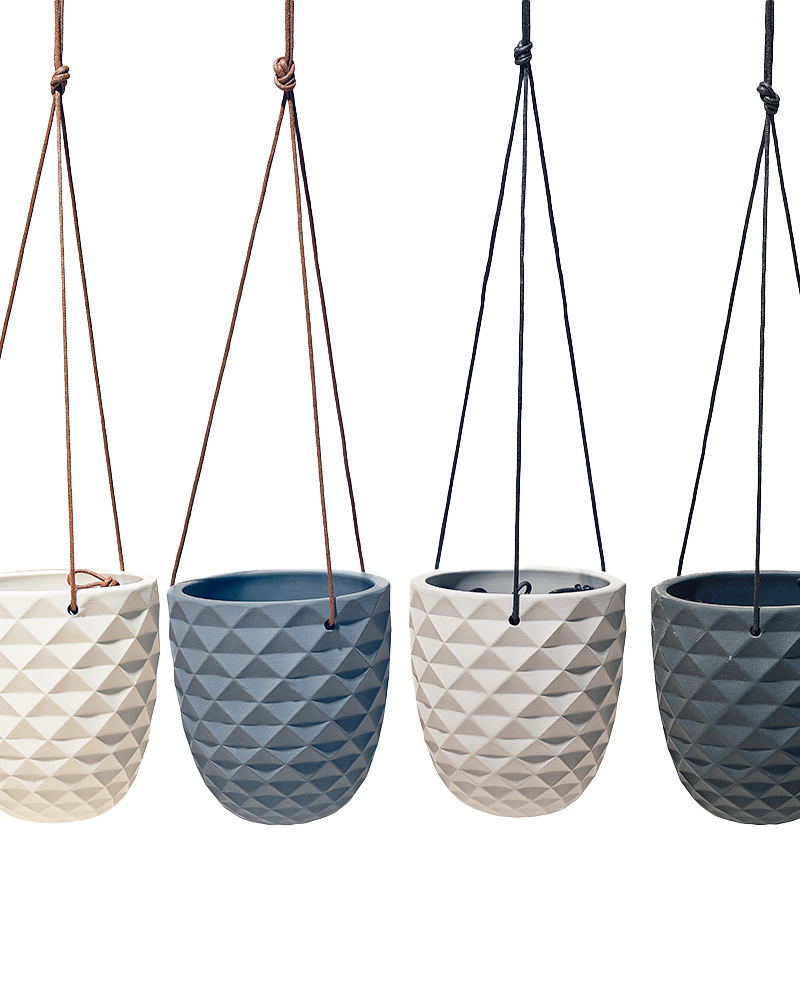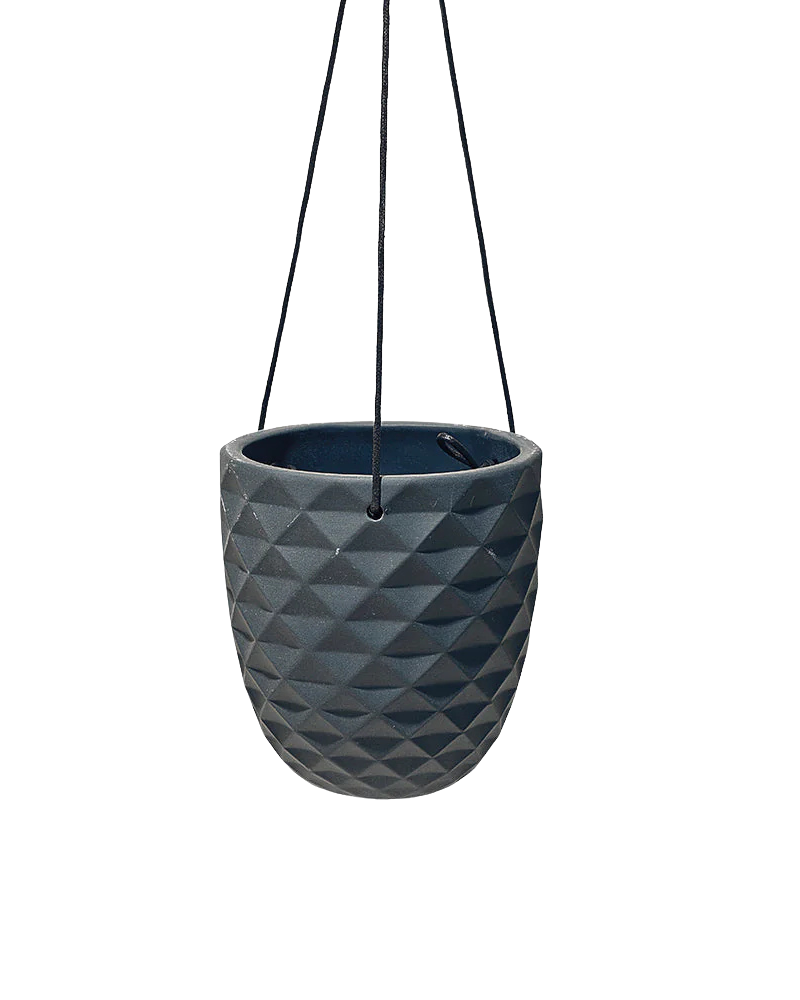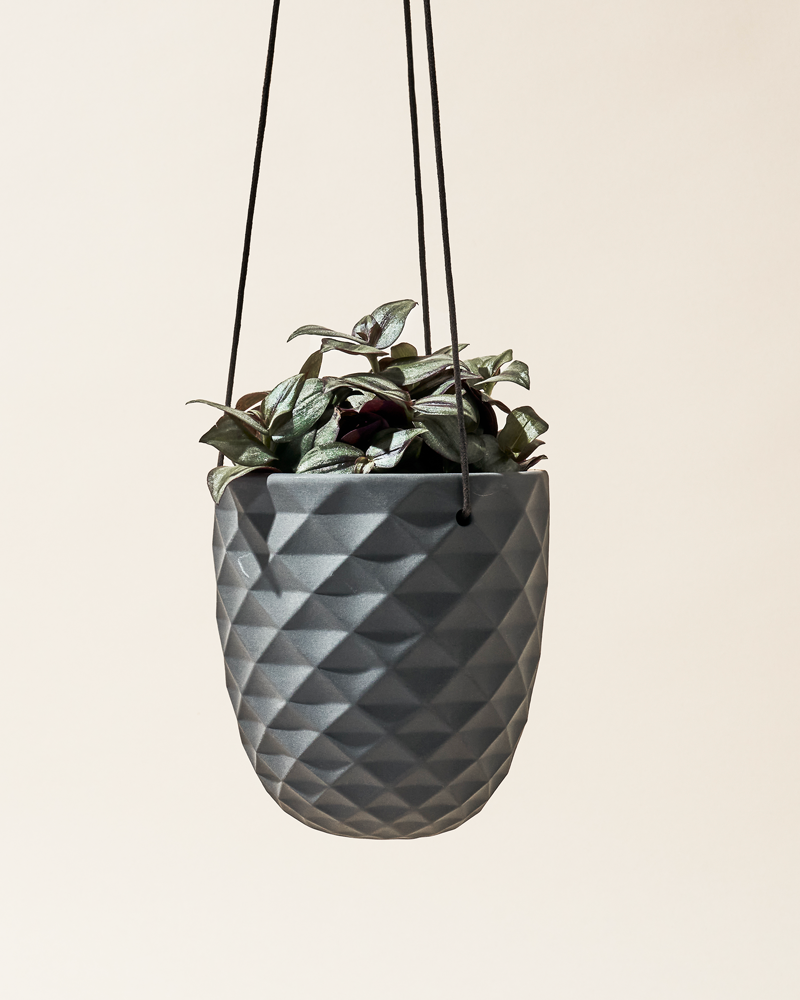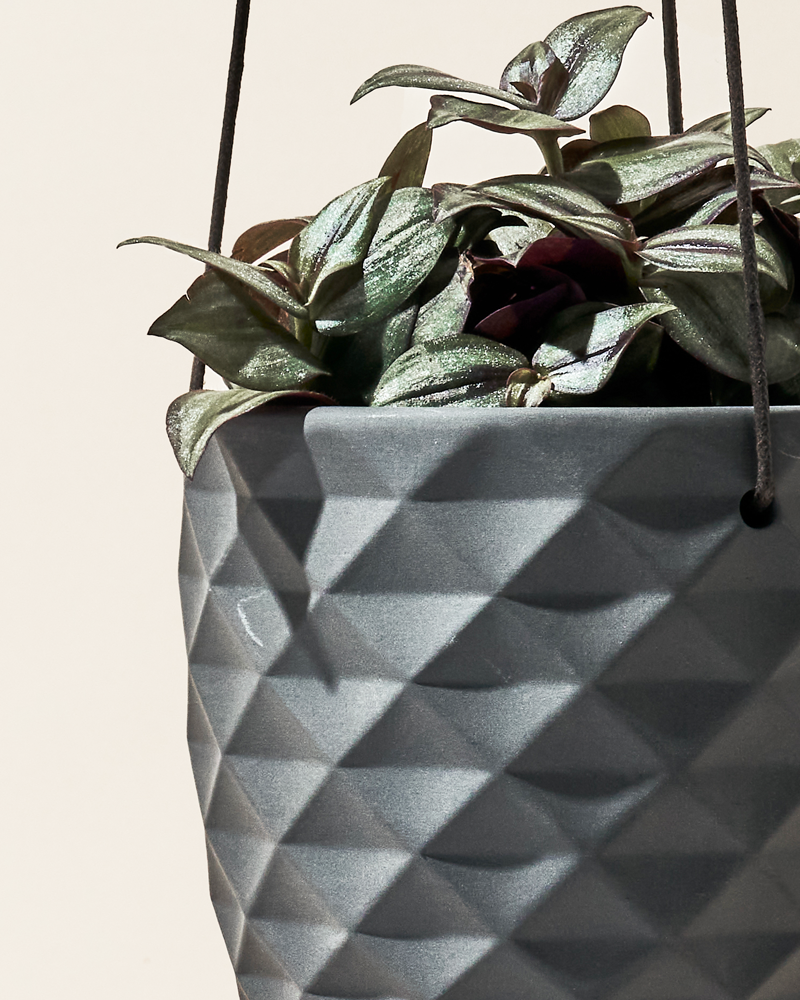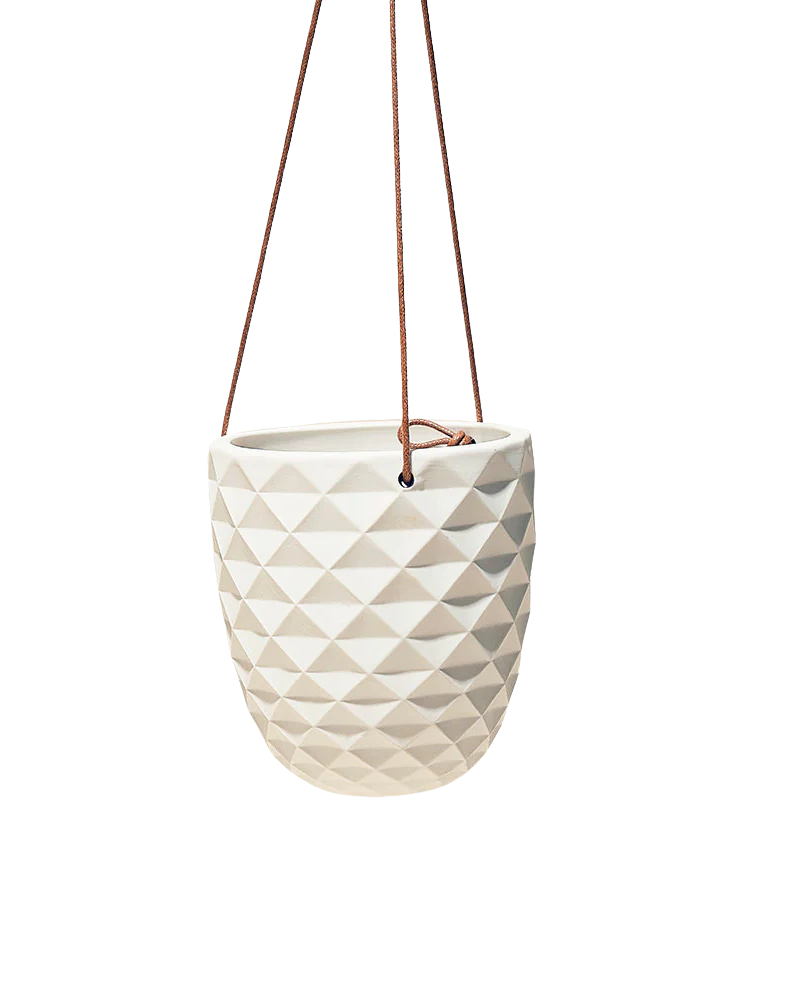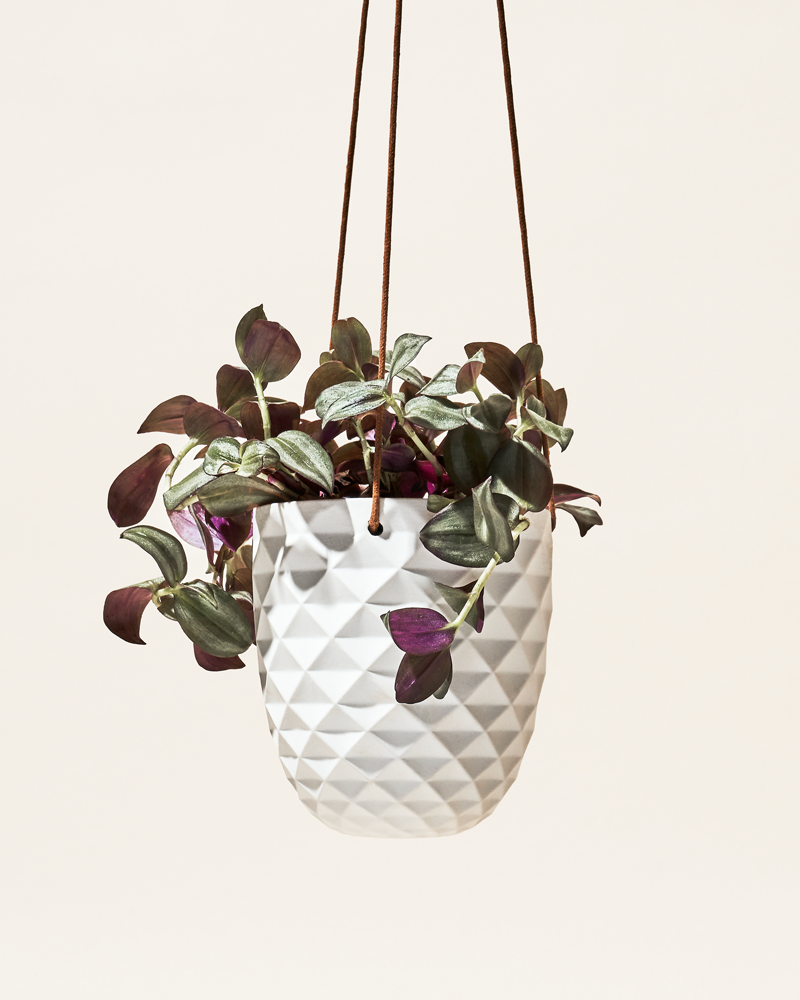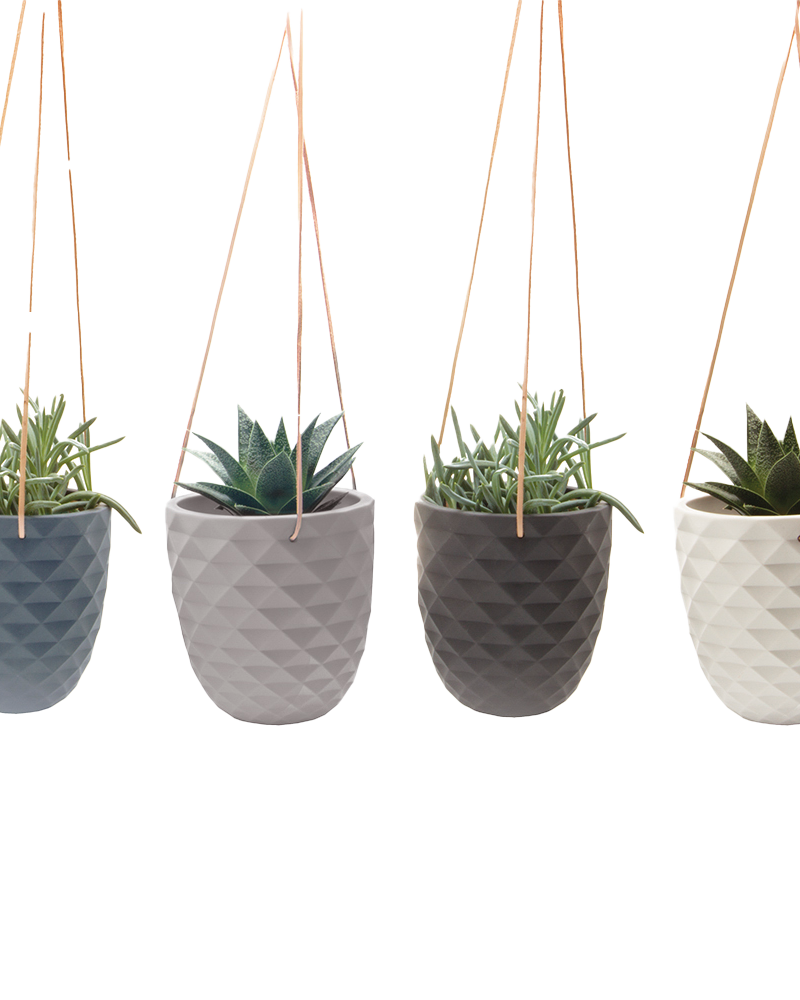The decision to introduce hanging plants into one's home represents a fascinating intersection of optimism and denial. It suggests a person who believes they possess the coordination to water something suspended three feet above their head without creating a minor flood, while simultaneously maintaining the delusion that they'll remember to do so regularly.
There's something wonderfully theatrical about hanging plants, as if someone decided that regular floor-based greenery wasn't dramatic enough. These aerial gardens transform any room into what appears to be a jungle canopy, albeit one where the wildlife consists primarily of fruit flies and the occasional confused spider who thought they were signing up for outdoor living.
The hanging plant enthusiast enters a world where physics becomes personal. Suddenly, concepts like "weight distribution" and "ceiling joist capacity" become dinner party conversation topics. The novice quickly discovers that what looks effortlessly bohemian on social media requires the structural engineering knowledge of someone building a suspension bridge.
Hanging Plant: The Gravity-Defying Commitment
The typical hanging plant arrives with the promise of effortless beauty, like those people who claim they "just threw this outfit together" while looking impossibly put-together. The reality involves considerably more planning than anyone initially anticipated, beginning with the sobering realization that not all ceilings were designed to support the weight of a fully hydrated plant plus its container plus the mounting hardware plus the inevitable accumulation of water in the saucer.
The installation process transforms otherwise rational adults into amateur contractors, muttering about stud finders and weight limits while standing on increasingly precarious combinations of furniture. The successful hanging of one's first plant produces a sense of accomplishment typically reserved for much more significant life achievements, as if one has somehow defeated gravity through sheer determination.
What makes hanging plants particularly endearing is their complete indifference to the effort required to house them properly. They simply hang there, being green and lovely, blissfully unaware that their human caretaker spent forty-five minutes in the hardware store debating the merits of various hook styles and another hour consulting YouTube videos about proper installation techniques.
Trailing Plant: The Cascade of Responsibility
Trailing plants embody the horticultural equivalent of commitment with style. These specimens don't simply occupy space; they flow, drape, and cascade with the kind of natural elegance that makes everything else in the room appear awkwardly static. They're the plant kingdom's answer to those people who look graceful even while stumbling—somehow their very movement becomes part of their charm.
The trailing plant's growth pattern creates an ongoing relationship with its environment that other plants simply can't match. As it extends its tendrils downward, it gradually claims more territory, transforming from a simple hanging accent into a living curtain that divides space with organic precision. This expansion happens so gradually that one day the homeowner suddenly realizes their plant has grown from a modest trailing accent into something that requires ducking to pass beneath.
Monstera Swiss Cheese: The Holey Grail
The Monstera deliciosa's fenestrated leaves make it the most recognizable plant in the Instagram ecosystem, those dramatic splits and holes creating natural artwork that seems almost too perfect to be real. When suspended, these plants become living sculptures, each leaf casting intricate shadows that shift throughout the day like a botanical sundial.
The Swiss cheese Monstera in hanging form presents unique challenges that ground-dwelling specimens never face. Those magnificent split leaves, so dramatic when climbing upward, take on entirely different personalities when allowed to hang freely. They become botanical flags, announcing their presence with every slight air current while creating constantly changing patterns of light and shadow.
Philodendron: The Reliable Cascader
The Philodendron family includes some of the most dependable hanging specimens, plants that seem to understand intuitively what's expected of them in their elevated positions. These are the reliable friends of the plant world—always looking attractive, never demanding excessive attention, and somehow making their human caretakers appear more sophisticated by association.
The heart-shaped leaves of many Philodendron varieties create natural chains as they trail downward, each leaf perfectly positioned to catch and reflect available light. They grow with the kind of steady determination that suggests they actually want to be there, rather than merely tolerating their suspended circumstances.
Indoor Plant Pot: The Vessel of Vertical Dreams
The selection of appropriate containers for hanging plants involves navigating considerations that terrestrial gardening never addresses. Weight becomes a primary concern, as does drainage—because water that drips from a hanging plant doesn't simply disappear into a saucer below; it becomes a feature of the floor beneath.
The ideal hanging plant pot balances aesthetic appeal with practical function, offering adequate drainage without creating interior weather systems. These containers must be substantial enough to support healthy root systems while remaining light enough that their mounting hardware doesn't require architectural consultation.
Hanging Planter: The Suspension of Disbelief
The hanging planter represents humanity's ongoing attempt to bring outdoor growing indoors while defying several laws of physics in the process. These vessels must somehow contain soil, support plant growth, manage water drainage, and look attractive while suspended in mid-air—requirements that seem almost contradictory when considered together.
Modern hanging planters range from simple functional containers to elaborate macramé-suspended artworks that suggest their owners possess both horticultural knowledge and fiber arts expertise. The choice of hanging system becomes as important as the choice of plant, with options ranging from sleek modern hardware to bohemian rope arrangements that transform any room into what appears to be a 1970s commune.
The journey into hanging plant parenthood ultimately teaches lessons about patience, planning, and the peculiar satisfaction that comes from successfully growing something beautiful in defiance of gravity's persistent attempts to bring everything crashing down.
The Ceramic Empire: Confessions of an Accidental Entrepreneur
Twenty-one years ago, someone at Chive decided the world desperately needed more ceramic flowers—not the kind that die and silently judge your watering schedule, but perfectly crafted clay imitations that never wilt, never need fertilizer, and never make you feel like a horticultural failure.
This questionable epiphany has somehow evolved into supplying 8,000 garden centers and "cool shops" around the planet. The term "cool shops" presumably refers to establishments that sell overpriced succulents to people who've convinced themselves that plant ownership equals enlightenment.
The Queen Street Toronto headquarters masquerades as legitimate commerce when it's really elaborate therapy disguised as retail. Each clay creation gets subjected to the ultimate test: do complete strangers love these ceramic offspring as much as their creators do? It's like that moment when proud parents show photos of their remarkably average children, except with pottery.
The annual pilgrimage to London's Chelsea Flower Show represents peak horticultural theater. Picture a group of Canadians manning a booth, enthusiastically greeting returning customers while celebrities wander past in expensive wellies. These famous faces remain mysteriously unidentified because British celebrity doesn't translate particularly well across the Atlantic. Someone could be their equivalent of Oprah, and we'd simply think they were being unusually friendly about our ceramic daisies.

